The CART Home
The technology platform used in the CART Initiative is an extension of the ORCATECH Life Lab.
Developed by a team effort of clinicians, gerontologists, data scientists, engineers and computer scientists, and end-users, the platform collects data about everyday home-based activities. Data is securely sent to ORCATECH's servers, where innovative algorithms can translate it into meaningful information. The platform is designed to be:
- Ambient: Sensors are sensitive to the presence of people and continuously collect data in real-time.
- Technology Agnostic: The platform can accommodate new devices or new data systems, making it future-proof.
- Unobtrusive: Sensors are discreet, blend into a home's environment and do not interfere with daily life, meaning that participant's do not need to change their daily routines.
- Used by the research community
By analyzing data that is captured by the platform, researchers may be able to observe how various activity patterns can relate to the onset of new medical problems. Learn more about the goals of CART.
Inside a CART home
An array of sensors and smart devices are installed in a home that is enrolled in the CART study. Many of these sensors and devices originate from collaborations with CART's technology partners. Learn more about our collaborations.
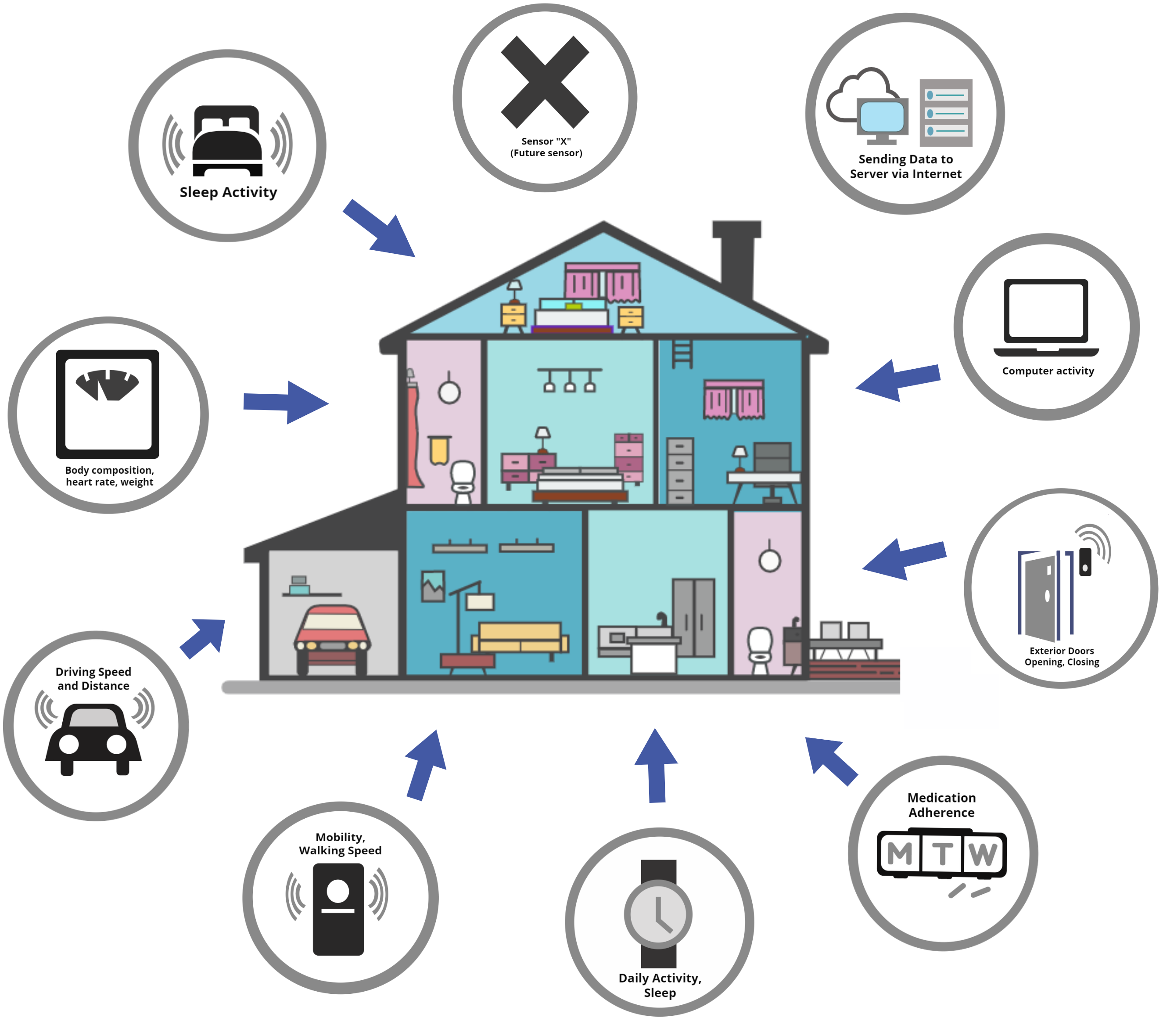
These measure mobility by tracking walking speed, movement between rooms, and how much time is spent in a room.
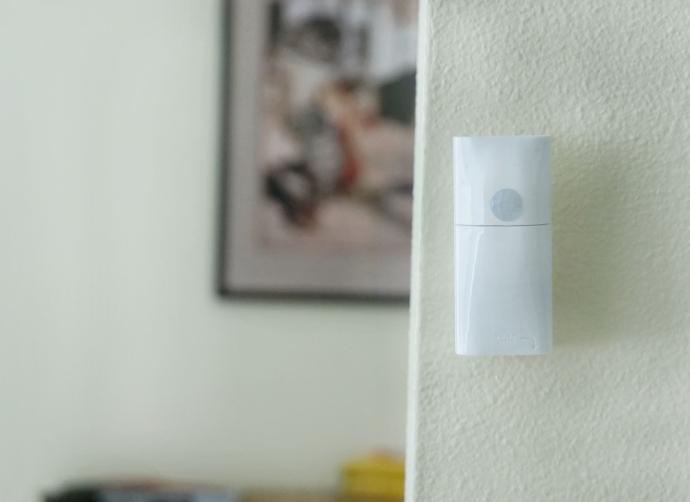
These measure how often a participant has left their home, by tracking how often a front or patio door is opened or closed.
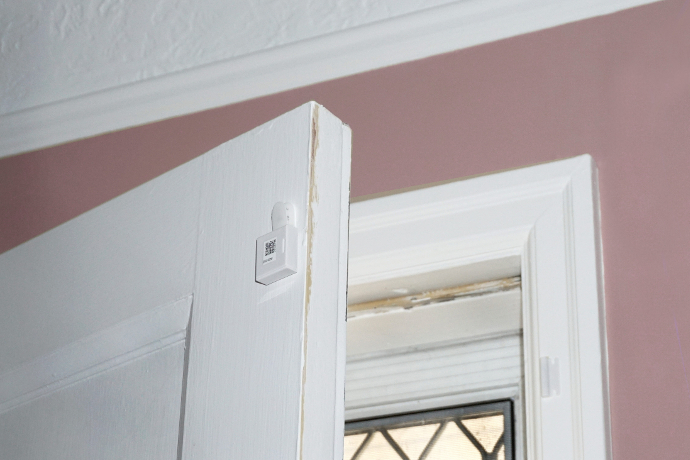
This measures body composition, heart rate and weight.
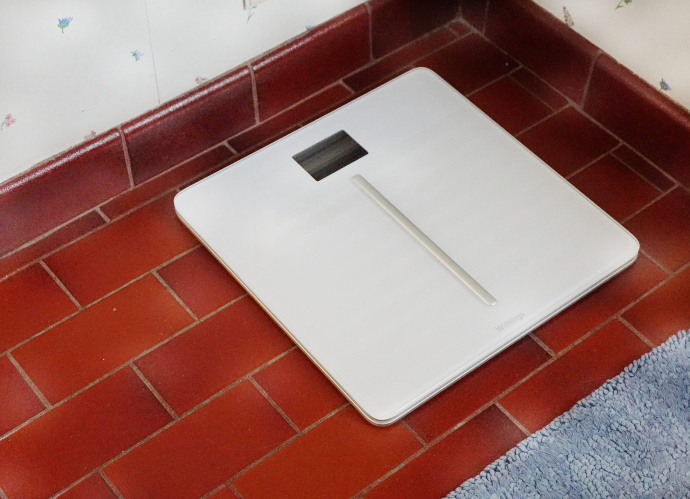
This measures medication adherence by tracking how often a pillbox lid is closed.
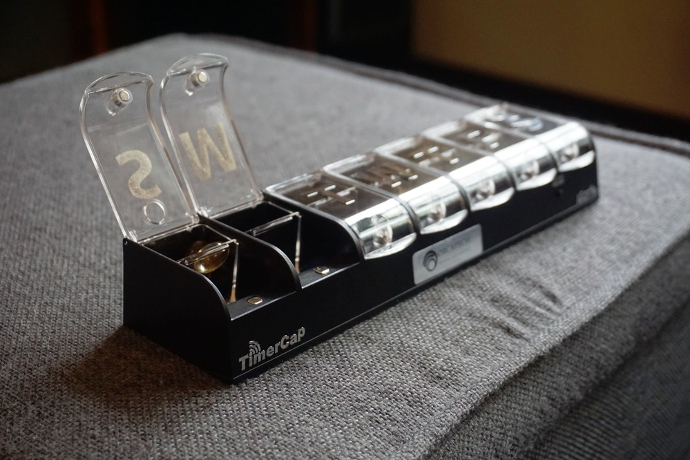
This measures daily activity and sleep patterns.
This is installed in a participant's car and tracks how often a participant drives.
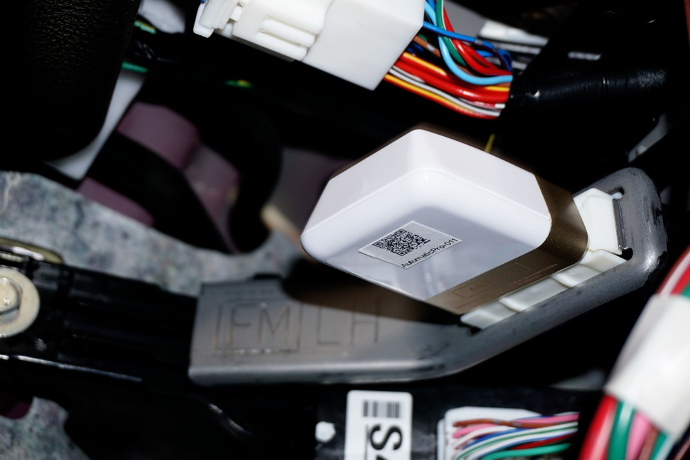
This sensor measures when someone falls asleep, restlessness, and time spent in light, deep and REM cycles.
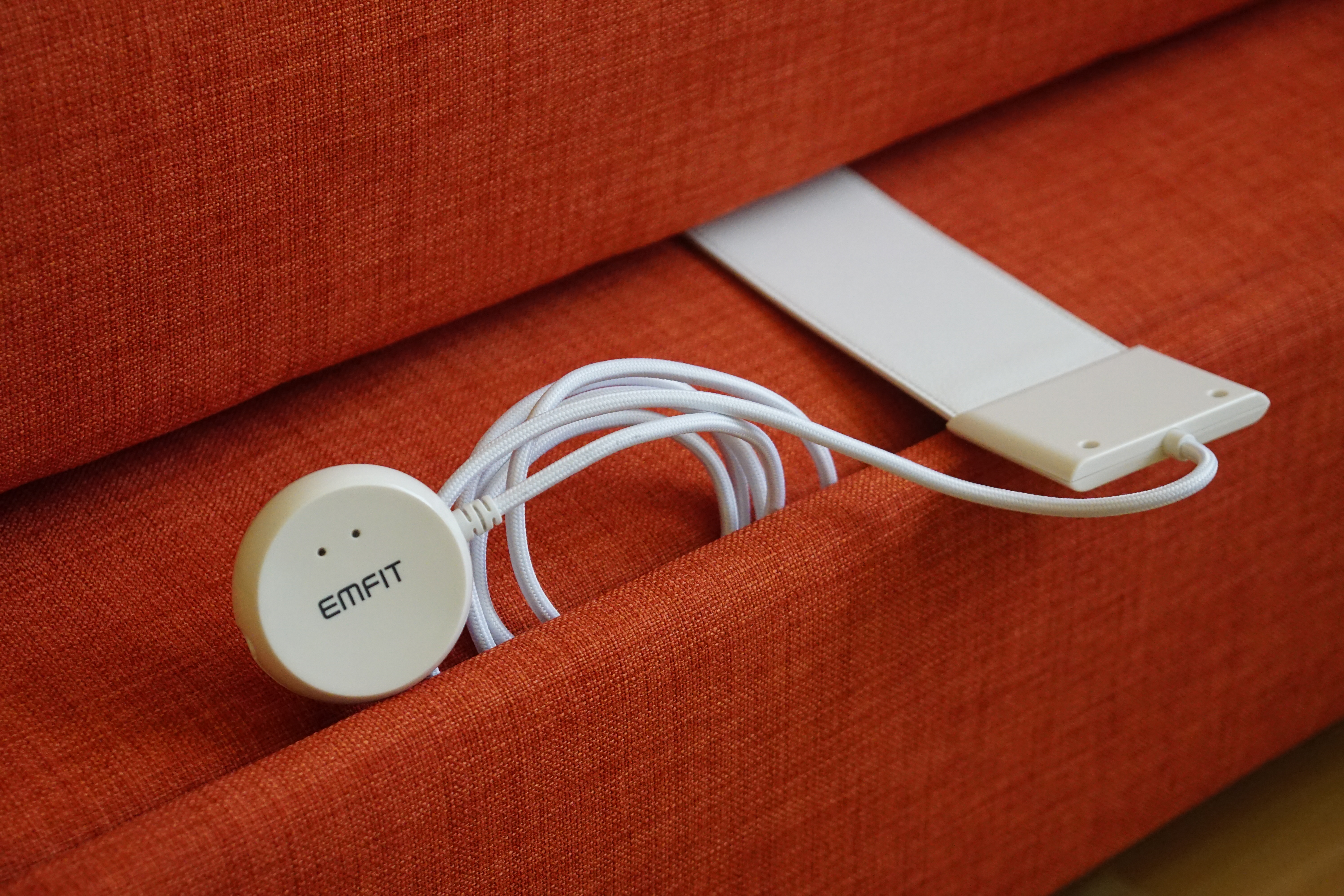
A software program installed on the computer measures how much time is spent on it and how often someone logins.
